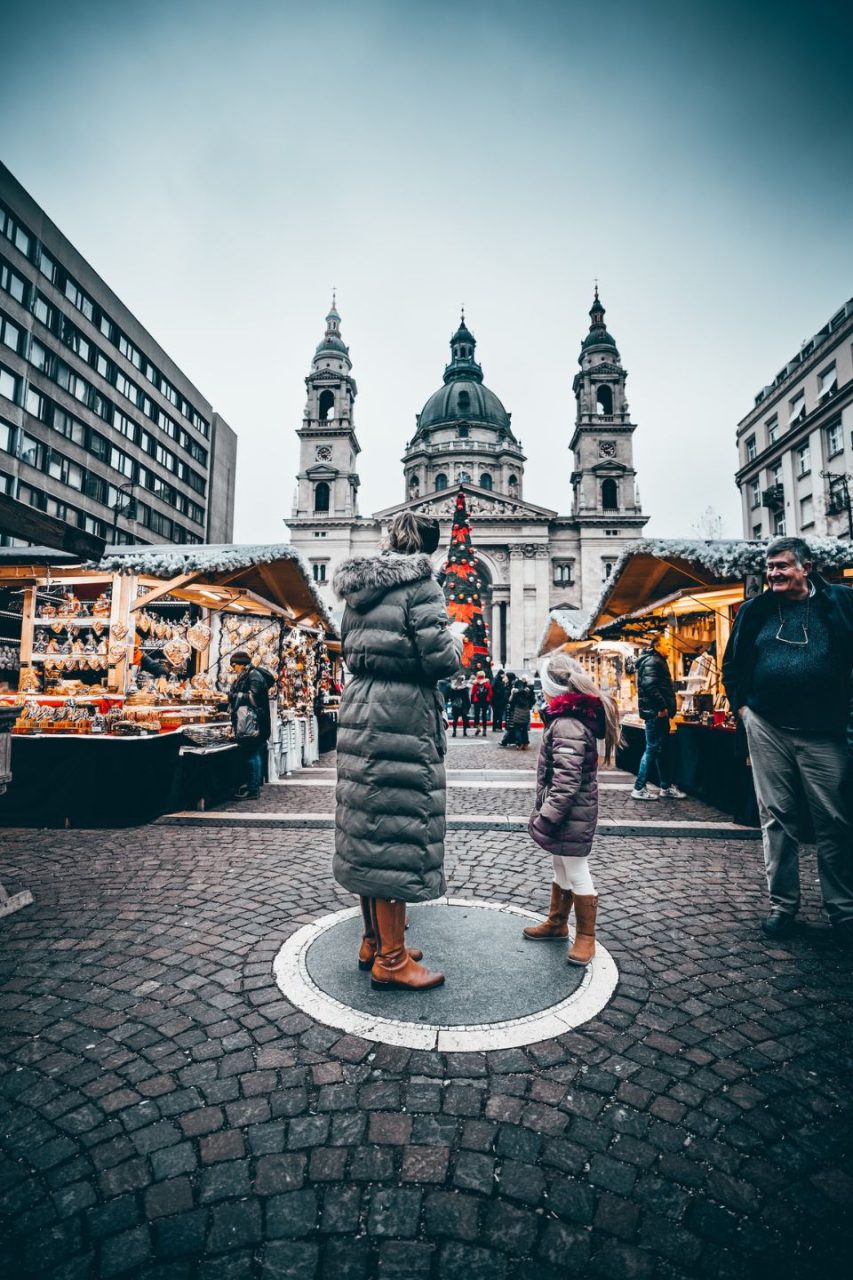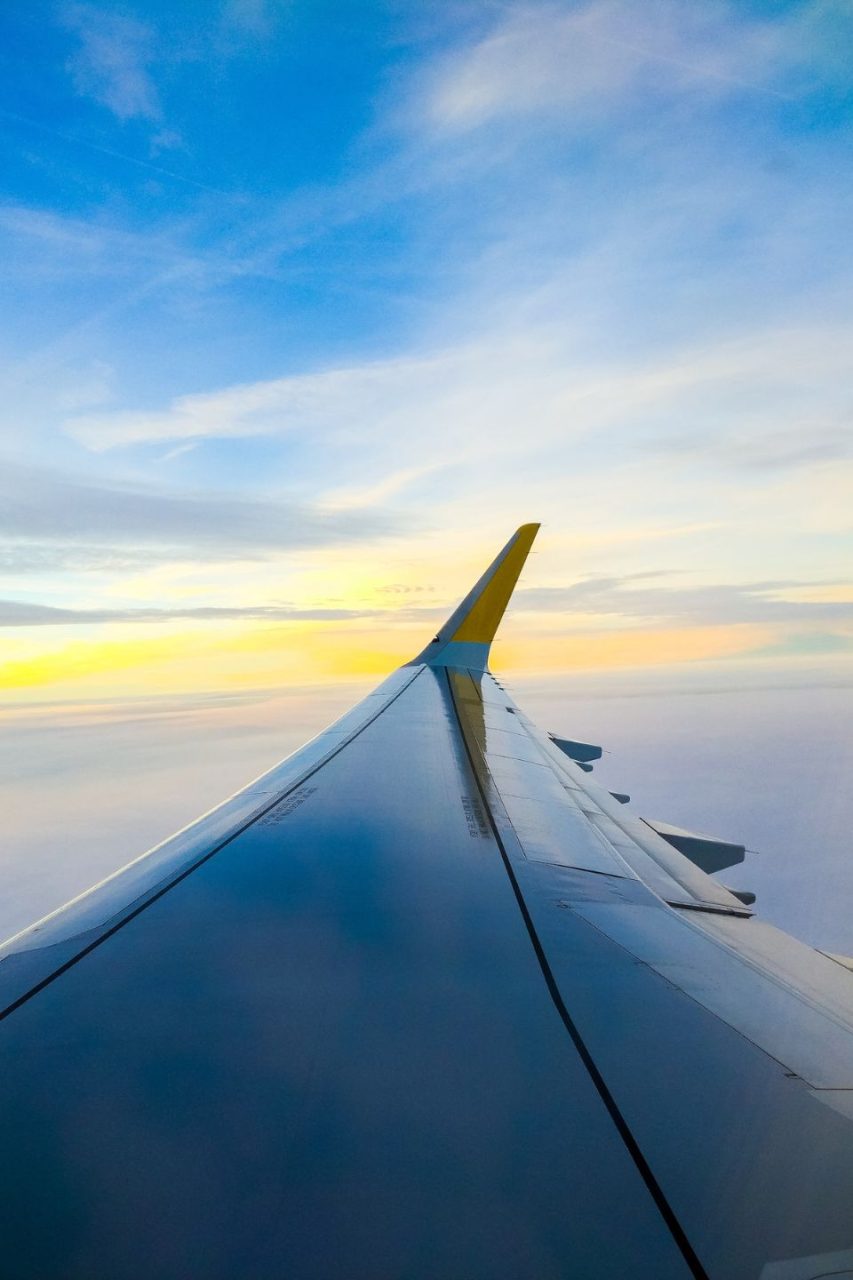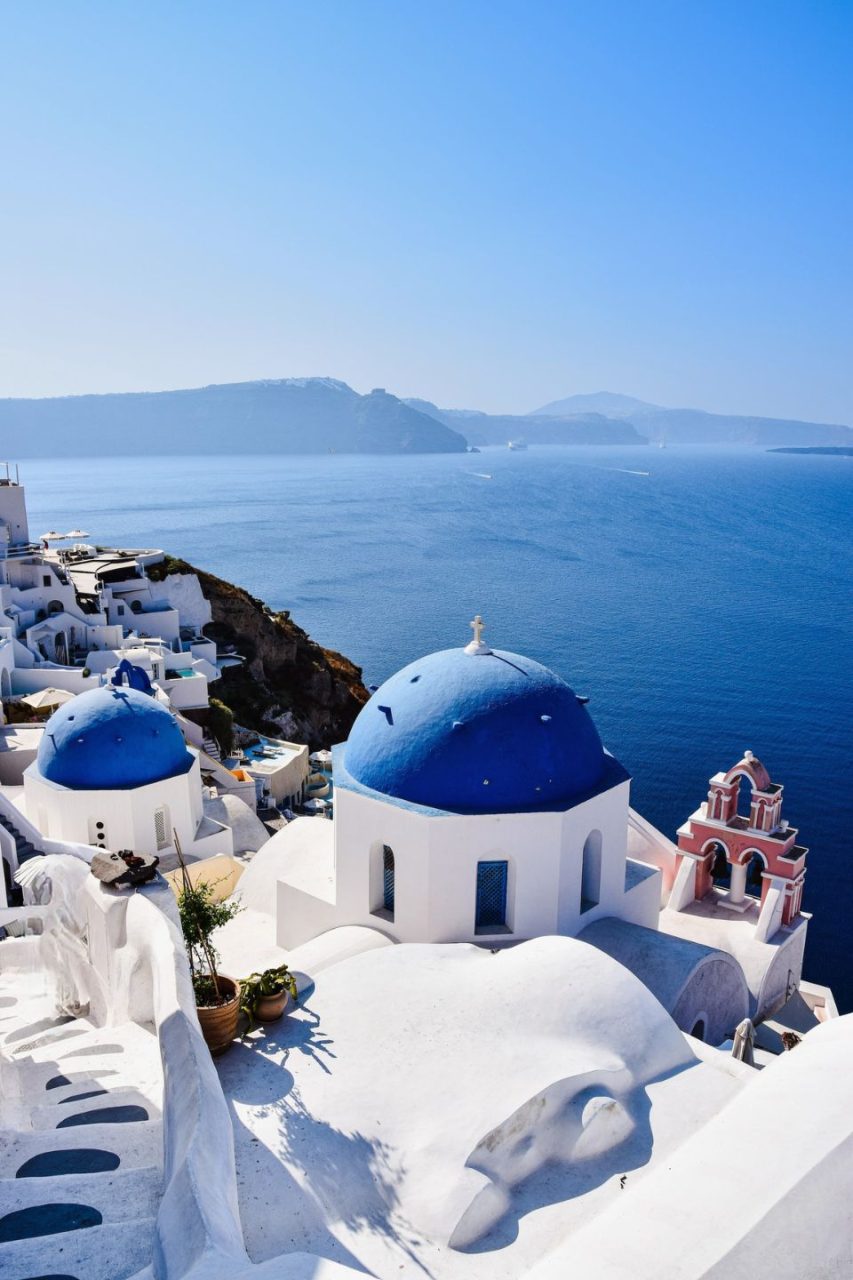Spanning 10,180,000 square kilometres or 3,930,000 square miles, Europe holds a prominent place on the travel calendars of a large number of people from around the world. Before we talk about the allure of this continent, let us know one thing – where is Europe located?
Europe has played an important role in shaping the history of the world. Most influences in art, culture, philosophy, governance and even the industrial revolution have European involvement to thank. It continues to sway global politics and economy in the present times.

Where is Europe Situated?
Europe is located on the Eurasian landmass. Although Europe is a continent in itself it is sometimes considered a subcontinent as it is connected to Asia. In fact, most transcontinental countries around the world are split across Europe and Asia.
Europe is home to a number of different time zones ranging from Coordinated Universal Time UTC-1 to UTC+5. Most European nations follow DST (Daylight Saving Time) from the last Sunday of March to the last Sunday of October when the clocks are wound ahead by an hour to make the most of the long hours of sunshine.
Europe sits fully in the Northern Hemisphere and a majority of it lies in the Western Hemisphere. The major relief features that separate Europe from Asia are the Turkish Straits, the ridgeline of the Ural Mountains, the Black Sea, the Ural River, the Greater Caucasus Range of Mountains and the Caspian Sea.
Europe Map from India
Europe is around 6,000 km away from India. The countries that separate Europe from India are Azerbaijan, Pakistan, Iran, Afghanistan, Tajikistan, Turkmenistan and Uzbekistan, essentially most Central Asian nations.
Given the long distance and tense geopolitical situations in some of the nations that come between Europe and India, it is not feasible to drive across. The sea route is also rather longwinded and uneconomical in terms of time, money and effort. This solely leaves the aerial route as a reliable way to travel between the two destinations.


How to Reach Europe from India
There are several routes to travel from India to Europe by air. Even though Europe is a continent, Brussels is often regarded as its capital since it is the headquarters of the EU (European Union). It takes at least 10 hours to fly from any Indian city to any European one (without layovers).
While each European country has its one or more international airports, some of the most popular ones for flights from India are Heathrow Airport, Amsterdam Schiphol Airport, Paris Charles de Gaulle Airport, Istanbul Airport, Moscow’s Sheremetyevo International Airport and Domodedovo International Airport, Frankfurt am Main Airport, Adolfo Suárez Madrid–Barajas Airport, Josep Tarradellas Barcelona–El Prat Airport, Munich Airport and Zurich Airport.
Currently, the cheapest one-way ticket to any European capital from most major Indian cities costs upwards of INR 30,000 per person in economy class. Usually, such flights involve a layover as non-stop flights are more expensive.
Europe vacation packages from India have tie-ups with various airlines to fly you to your city of choice. Some European airlines worth experiencing are Lufthansa – the flag bearer of Germany, Air France – the national carrier of France, KLM Royal Dutch Airlines – the flag bearer of the Netherlands, Turkish Airlines – the flag carrier of Turkey and British Airways – the national airline of Great Britain.
The Best Time to Visit Europe from India
The travel season across Europe at large is June to September. This is usually when summer is at its peak and the days are long, sometimes 20 hours! This maximizes your daylight and the time you can spend outdoors, exploring various attractions.
However, this period is also a time when most popular cities are overcrowded with tourists. If you wish to avoid the excess crowd, travel in late September to early November when autumn is in full swing and the trees are coloured in various shades of yellow, orange, red, pink, purple and brown – making it a photographer’s paradise.
Remember that rains make an occasional appearance throughout the year, so you might need your umbrella for a few minutes or hours on some days. If you want to see the magical winters of Europe instead, travel between late November and early December when most cities, towns and villages across the continent have their Christmas Markets decked out in full array.
Winters are extremely chilly but not very windy, so if you are layered up and warmly dressed, you can enjoy the snowy days and catch some snowflakes when it snows. Remember that the nights will be long and days very short during this time, sometimes just 5 hours.

Popular Countries in Europe for Tourism

Europe is famous for its classic wonders of the world. The Eiffel Tower of Paris, London Bridge, the Colosseum of Rome and the Leaning Tower of Pisa are some of the key attractions for which tourists flock here from all over the world.
That said, the appeal of this continent goes much beyond the most touristy activities to do in Europe. Visit France for its verdant vineyards and taste the champagne of the region of Champagne.
Go on Europe tour packages that take you beyond the Big Ben of England and discover Manchester. You can even explore the Scottish Highlands with a scotch or wander through the Irish countryside as you sip on your cup of coffee with Irish cream.
Speaking of Iceland, this island nation is known as the ‘Land of Fire and Ice’ because of its active volcanoes, black sand beaches, frozen waterfalls and therapeutic lagoons that you can enjoy a natural spa in.
Europe vacation packages are incomplete without a trip to Switzerland, which is home to Jungfraujoch – the highest mountain pass on the continent. The land of cows and Swiss cheese is not only famous for its wooden homes in grassy fields but also its sparkling lakes nestled in the valleys of the Alps.
Other important countries in Continental Europe are Belgium with its ornate city of Antwerp, Mini-Europe theme park in Brussels and Bruges, with its never-ending canals. The Netherlands is also quite famous for its party culture in Amsterdam, which is also known as the ‘City of Canals and Cycles’.
The tiny but wealthy landlocked country of Luxembourg only requires a day or a weekend at the max to see its castles and cobbled streets. Among the Western European nations, Germany boasts of a large number of churches and cathedrals in its cities, whether it is Cologne, Frankfurt or Berlin. Munich is best visited in late September when Oktoberfest (the annual beer festival) is celebrated.
For a glimpse of grand palaces and museums, head to Vienna – the capital of Austria. Fans of ‘The Sound of Music’ should scurry along to Salzburg – also the birthplace of Mozart. Slovakia should make an appearance on your itinerary if you like castles, moats and rivers.
The Central European country of Poland is steeped in history, some of which relates to the Holocaust. Explore the large Old Town of Warsaw, see the underground salt mines of Krakow or count the bronze gnomes that are spread all over the city of Wroclaw.
Your checklist should not skip Czech Republic since its capital city of Prague is embellished in gothic architecture and grand bridges. Visit Cesky Krumlov for its rustic charm and a riverside castle.
Make your way to Eastern Europe through Hungary, which is known for its deep-fried langos topped with sour cream, cheese and garlic. Party all night in Budapest and spend your days exploring the Buda Castle and the shopping streets of Pest.
When in Romania, tuck into delicious chimney cakes garnished with assorted sauces and nuts. You can see more than just Bucharest when you wish to discover the country’s gypsy culture and soulful cuisine.
If you can brave the cold, put the Nordic countries of Norway, Denmark, Sweden and Finland on your list. Cruise past Norwegian fjords and taste smorrebrod with fish, meet Santa during Christmas in the Finnish Lapland or chase the Northern Lights on a sledge tour. You can even stay in a glass igloo or ice hotel and enjoy a Swedish massage at their spa.
The Baltic nations of Estonia, Lithuania and Latvia have their own share of folklore that is brought out in the museums of ancient castles and their cobblestoned Old Towns. Go south to the Balkan countries for change of air. Croatia is a gem for its national parks and the coastlines of Dubrovnik and Split.
Southern Europe has much more on offer when you explore the beach heavens of Spain, Portugal, Italy or Greece. Watch a bullfight in Madrid, experience the nightlife of Lisbon with a port wine in hand, gorge on Neapolitan pizzas, Milanese risottos and Bolognese spaghettis across Italy and pose against the whitewashed limestone walls of the houses in Santorini.

Europe is so vast that it is impossible to see it all in just one trip. You will find yourself planning multiple vacations year after year to soak in the atmosphere of its diverse landscapes, learn about interesting cultures and try out delectable cuisines.

